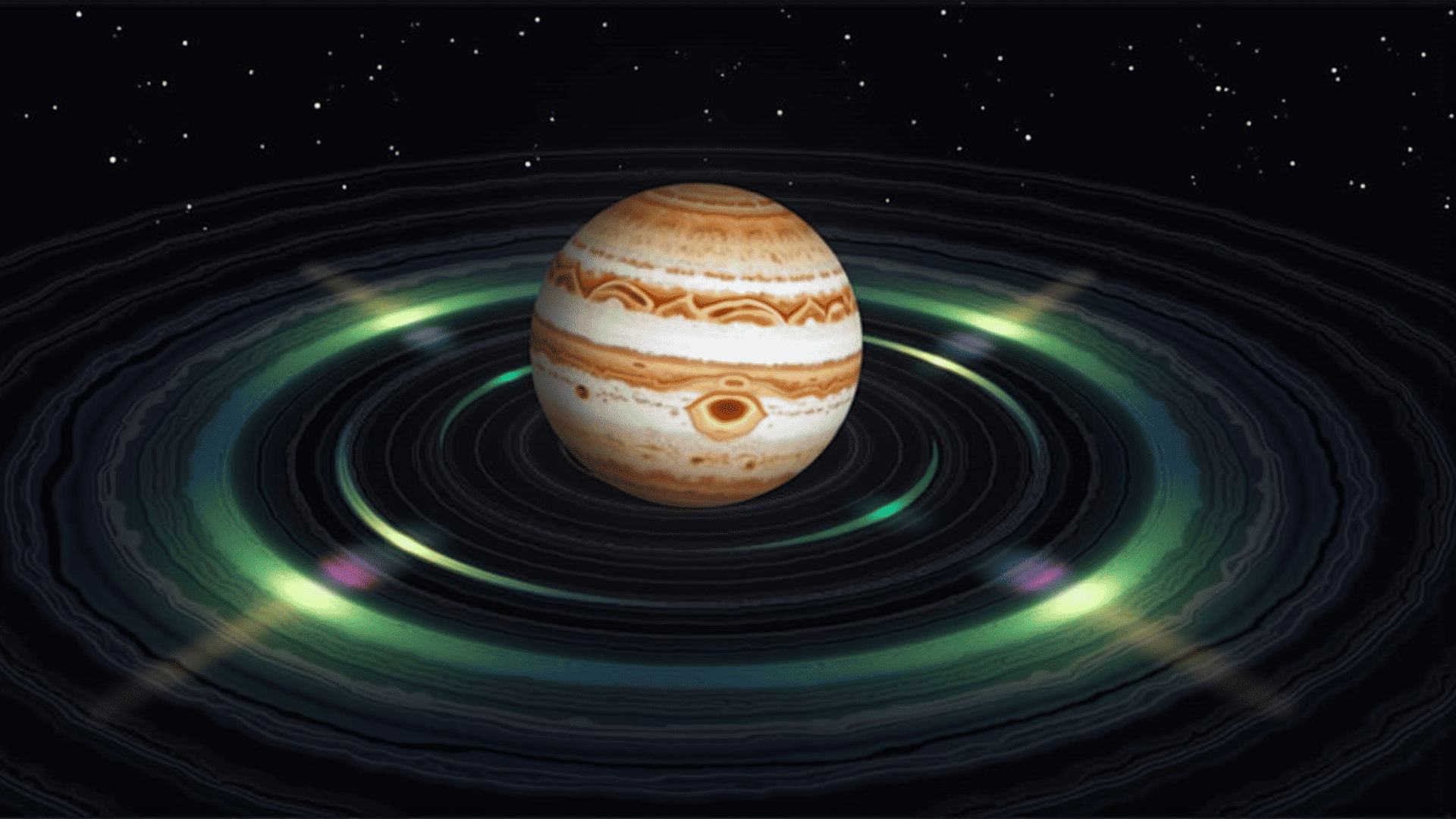Jupiter, the largest planet in our solar system, is a realm of incredible phenomena, and its magnetic field is among its most fascinating attributes. This mighty magnetic field stands as a testament to the planet's immense power, dwarfing Earth's in its strength and effects. This magnetic prowess gives rise to spectacular auroras at Jupiter's poles, a stunning display that far surpasses the northern and southern lights we observe on our home planet.
At the heart of Jupiter's magnetic field lies its rapid rotation and a core comprised of metallic hydrogen. This state of hydrogen, under immense pressure, conducts electricity effectively, generating Jupiter’s strong magnetic presence. Remarkably, Jupiter's magnetic field is about 20,000 times stronger than Earth's, stretching millions of kilometers into space.
The auroras on Jupiter are more than just beautiful displays; they are dynamic interactions between the magnetic field and charged particles, primarily electrons originating from volcanic activity on Io, one of Jupiter's moons. These particles are trapped in the magnetic field and accelerated along the magnetic lines towards the poles. When they collide with the gases in Jupiter’s upper atmosphere, they create glowing auroras.
Unlike Earth's auroras, which are predominantly visible only during night time around the poles, Jupiter’s auroras are constant and can even be seen in daylight. This continuous display is powered by the relentless flow of particles from Io, as well as from the solar wind that interacts with Jupiter's magnetic field.
Moreover, Jupiter's auroras emit not only visible light but also powerful X-rays and ultraviolet light, captured by space telescopes and probes. These emissions provide scientists with valuable insights into the magnetic field's structure and dynamics, offering clues about how Jupiter’s field is influenced by its surroundings, including its moons and the solar environment.
Research into Jupiter's magnetic field and auroras has profound implications. Understanding this system can help us learn more about magnetic fields and atmospheric phenomena on exoplanets, as giant planets similar to Jupiter are common in other solar systems. Moreover, studying Jupiter's auroras enables scientists to explore the fundamental processes of interaction between magnetic fields and particle radiation, a topic of great interest in space physics.
In summary, Jupiter's powerful magnetic field and the resulting auroras represent a dazzling display of natural forces at work. These phenomena provide a window into the complex and dynamic processes shaping not only our solar system but potentially others throughout the universe.
